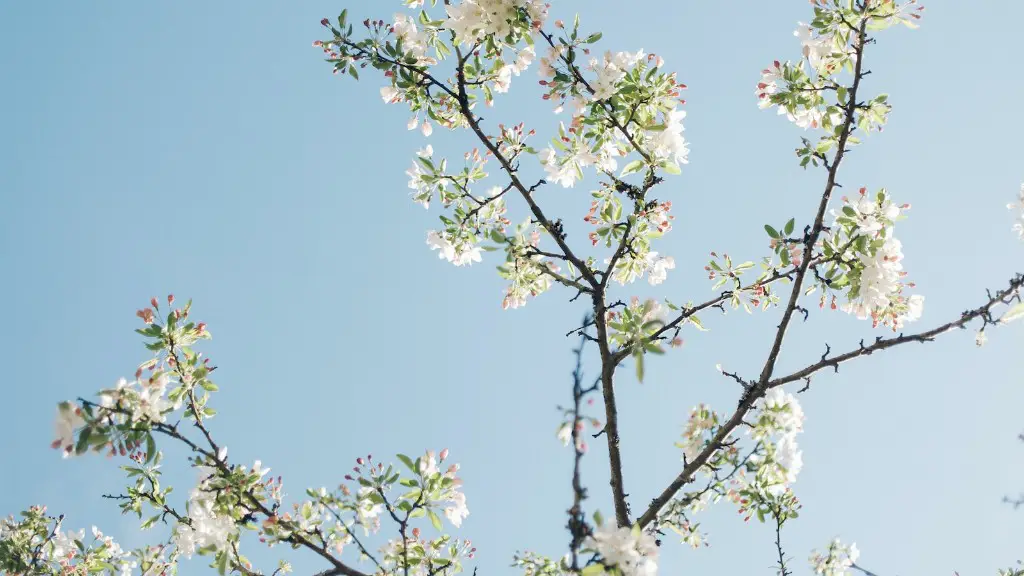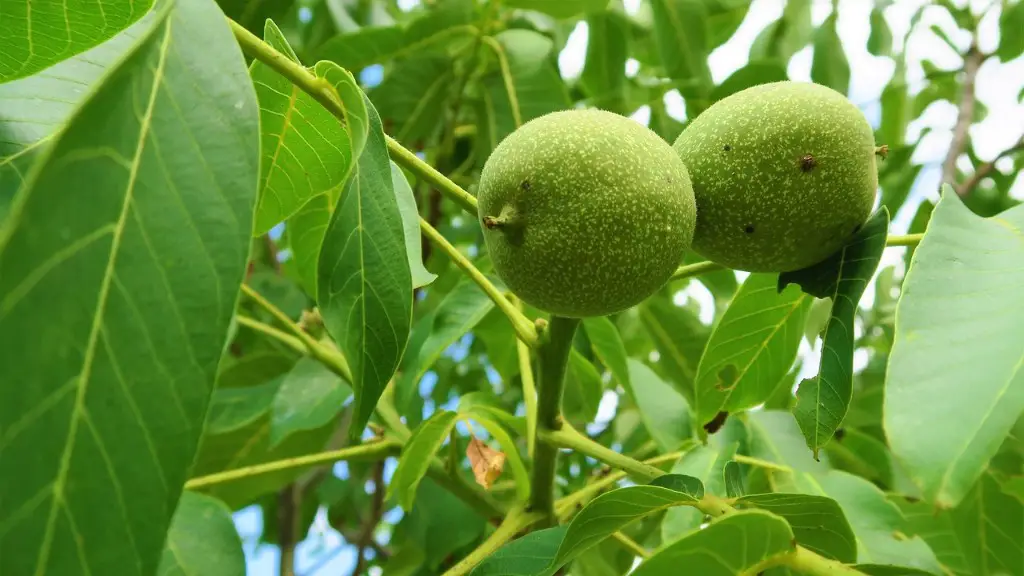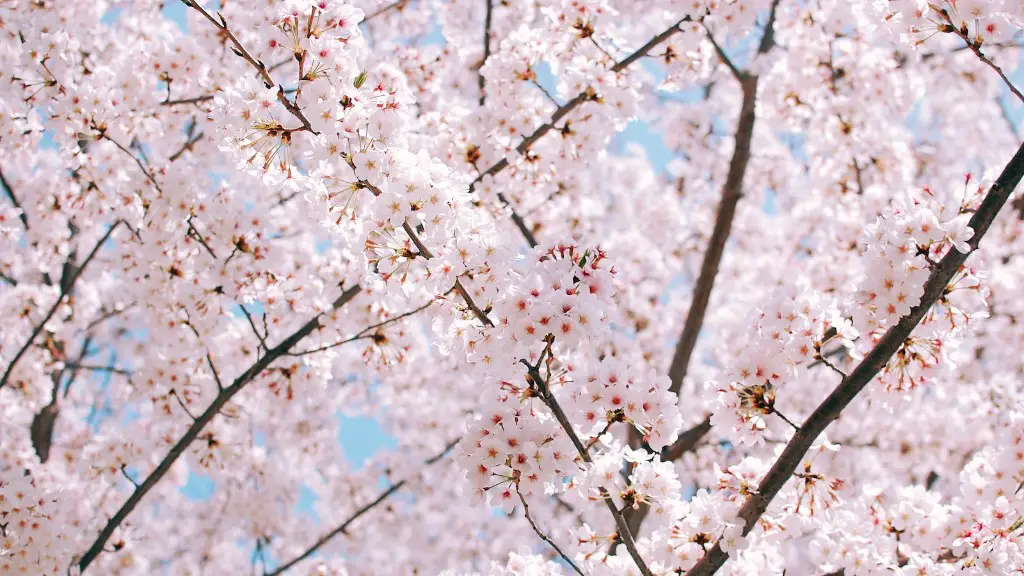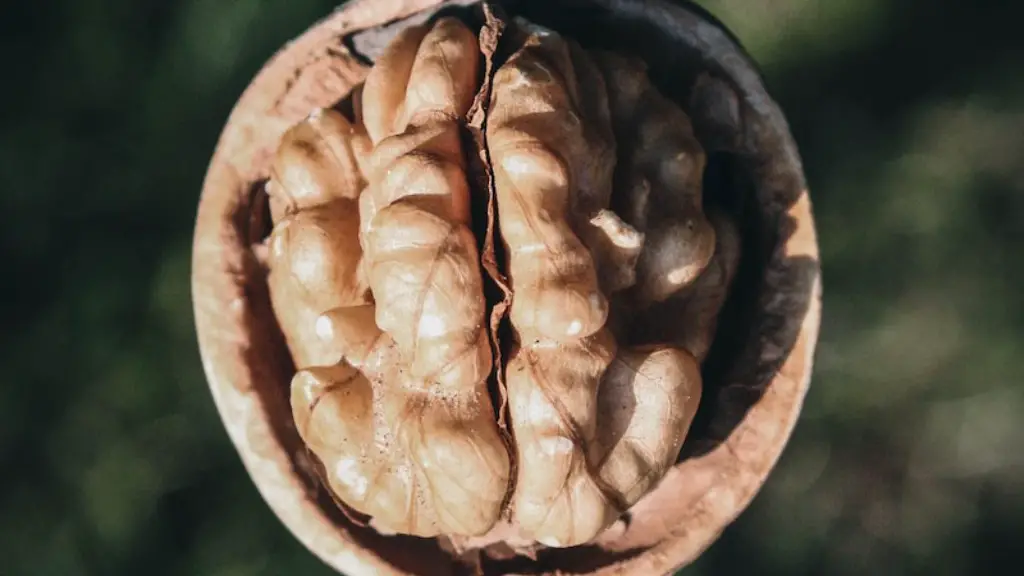The process of planting a cherry tree from a seed is a long and arduous process, but one that is extremely rewarding and allows you to watch your tree grow from the very beginning. Cherry trees provide a unique addition to any landscape and can be admired for many years. In order to start a cherry tree from seed, you must first acquire appropriate seed, prepare the planting area, and ensure the tree receives the appropriate care.
Acquiring the Proper Seed
The first step in beginning a cherry tree from a seed is in acquiring the proper seed. You can buy cherry tree seed from a variety of places such as nurseries, grocery stores, online websites, or even friends or family if they already have cherry trees. The seed should be fresh and viable, so if you buy your seed online make sure the vendor is reliable and sells quality product.
Preparing the Planting Area
Once you have acquired the seed, you will need to prepare the planting area. Before doing so, you should consider the amount of sun the tree will have access to, as well as its distance to other trees or buildings. If possible, find a location with well-draining, sandy soil and with plenty of sunlight. The area should be cleared of other plants or weeds so that the cherry tree can get the nutrients it needs to grow.
Planting the Seed
The next step is to plant the seed. It is helpful to first study the instructions that came with the seed and follow them closely. When planting the seed you should carefully dig a hole that is at least twice as deep as the seeds itself, place the seed in the hole, cover it back up with soil, and lightly tamp it down.
Water and Weed
After planting the seed, it is important to keep the area watered and free of weeds. Weed control can be done with mulch or a weed killer. Additionally, the tree should receive regular watering but should not be over-watered. Too much water can drown the seed and make it difficult for it to germinate.
Fertilizing
As your cherry tree grows, it is important to give it a nutrient boost with fertilizer. Different types of fertilizer provide different nutrients, so make sure to pick one that is best suited for cherry trees. You can find fertilizers for cherry trees at most garden centers or nurseries.
Pruning
Once the cherry tree has grown to a certain size, it should be pruned regularly to maintain its shape and health. Pruning helps to remove diseased or dead branches and encourages the tree to grow in a strong and healthy direction. When pruning, make sure to be gentle, as too much pruning can damage the tree and make it more vulnerable to disease and pests.
Pests and Diseases
Finally, it is important to keep an eye out for any pests or diseases that could afflict the tree. Common pests of cherry trees include caterpillars, aphids, and scales. If you find pests, it is important to treat them quickly before they can do too much damage. Similarly, diseases such as black knot, root rot, and gummosis should be monitored and treated promptly if they occur.
Check Soil Conditions
Before proceeding with any steps to grow a cherry tree from a seed, it is important to check the soil conditions to ensure the soil is ideal for growth. To do so, you should observe the moisture level by sticking your finger into the soil to check for dryness. If the soil is too dry, add water to reach optimal moisture levels. You should also test the pH level of the soil, which should be in the range of 6-7.5 if possible. If the pH is too far off optimal levels, you will need to adjust it by adding garden lime.
Provide Shade and Protection
As the cherry tree grows, especially during its initial years, it will need protection from heat and wind. If there is hot sun on a particular side of the tree, provide shade by covering the area with a piece of fabric or a canopy. Additionally, if the area is windy, use stakes or a trellis to secure the tree and protect it from the wind. These steps will help to ensure the tree’s healthy growth.
Monitor the Grafting Tape and Bag Method
For a more successful result, many experts recommend using the grafting tape and bag method when planting a cherry tree from a seed. This method involves wrapping the seed in a bag and then wrapping the bag in grafting tape. This helps to keep the moisture levels around the seed at optimal levels, providing the best chance for successful germination. Additionally, monitor your seedling regularly and make sure the bag is not too tightly sealed, as the seedling needs to be able to breathe.
Fertilizing During Winter Months
During the winter months, make sure to fertilize your cherry tree to ensure its health. Fertilizing during the coldest months will help the tree to gain the strength and energy it needs for the upcoming growing season. Additionally, you should check the soil to make sure it is not too moist, as standing water can be harmful to the tree.
Adding Mulch to the Soil
Adding mulch to the soil is a great way to provide important nutrients to your cherry tree. The mulch can also help to keep the soil around the tree moist and prevent weeds from growing too close. Additionally, the mulch can help to reduce the need for frequent watering, which can be hard on the tree’s delicate root system.
Protecting the Tree from Rodents
As the cherry tree grows, it is important to keep an eye out for rodents such as rabbits and squirrels, as they can cause a lot of damage in a short amount of time. To protect your tree, consider putting up a fence around the area or building a box around the base of the tree to protect it from curious animals. Additionally, setting up a motion sensor light can help to ward off many animals.
Staking the Tree
When the tree is young, it is important to stake it in order to ensure the trunk does not split or break. A sturdy stake should be driven into the ground next to the tree. Make sure the stake does not damage the tree’s roots. Then wrap a piece of elastic around the tree and the stake and tie it off. This will help to keep the tree upright and help protect it from strong winds.
Providing Shade in Summer Months
The summer months can be hard on young cherry trees, as they are sensitive to extreme heat. If your area is particularly hot and dry, consider providing shade by stretching fabric or netting over the tree. This will help to prevent the leaves from burning and the tree from becoming dehydrated. Additionally, trees can be watered more frequently in extreme heat to provide additional hydration.



